You can't let the bad pictures discourage you. You can have thousands of them if you have a lot of animals around. It's part of the process.
And the critters might enjoy watching your camera
Nature is beautiful one moment, but also deadly.
Even the little ones have to fend off prey. They do quite well sometimes. I strongly suspect these marks are claws. And one fawn had slight puncture marks at the neck.
Some cameras send the images right to you. But my set-up is the cheapest one and works well for me, particularly because of the freedom it gives me to place the camera at any distance from my house.
I have two camera cards to alternate, so it's easy to take a walk and switch out the cards. You can buy a viewer to take with you, but I found that cumbersome. And I also discovered that different brands have different qualities of pictures. But one works better in one lighting and another in a different lighting so it's hard to recommend a particular brand. On the low-end cameras, cost doesn't seem to matter as much. In other words, when I did spend more on a camera—the quality didn't increase as I'd hoped.
Remember the cameras are small and built to blend in with nature. So when you strap one to a tree in a forest and return three days later, you might find yourself looking around for a moment.
Deer have scrapes (from bucks pawing the ground) or rubs (from thrashing antlers against the trees) in the fall. And if you're in the woods enough to find one of these, and you don't disturb it, you'll have a good location to place the camera near. But never expect perfection. You'll lose interest fast.
I personally stay away from the video mode because it uses so many batteries but I'm re-considering that. The videos are fascinating.
For me, this isn't just about looking at pictures, it's about enjoying nature.







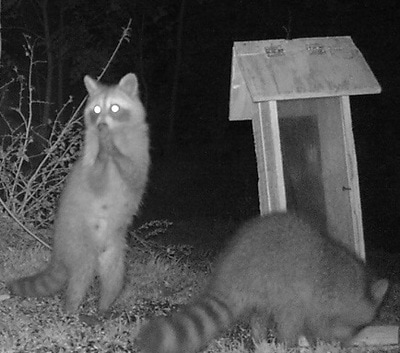
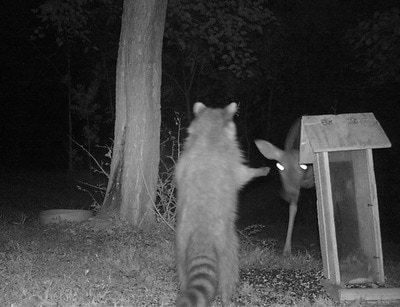



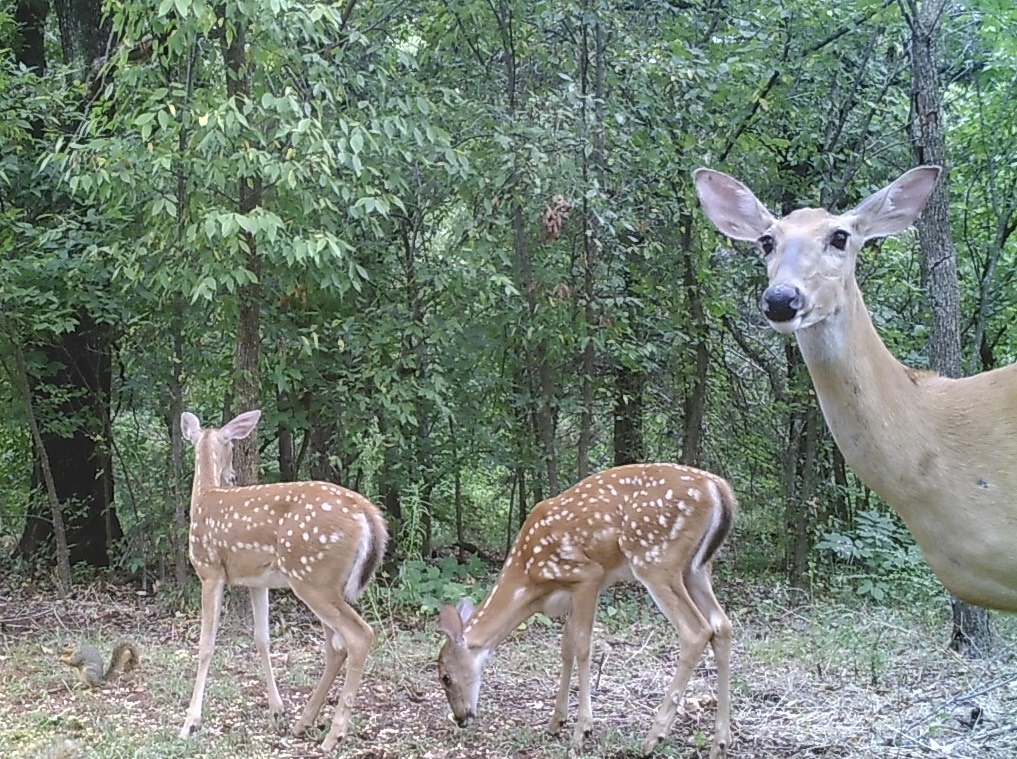




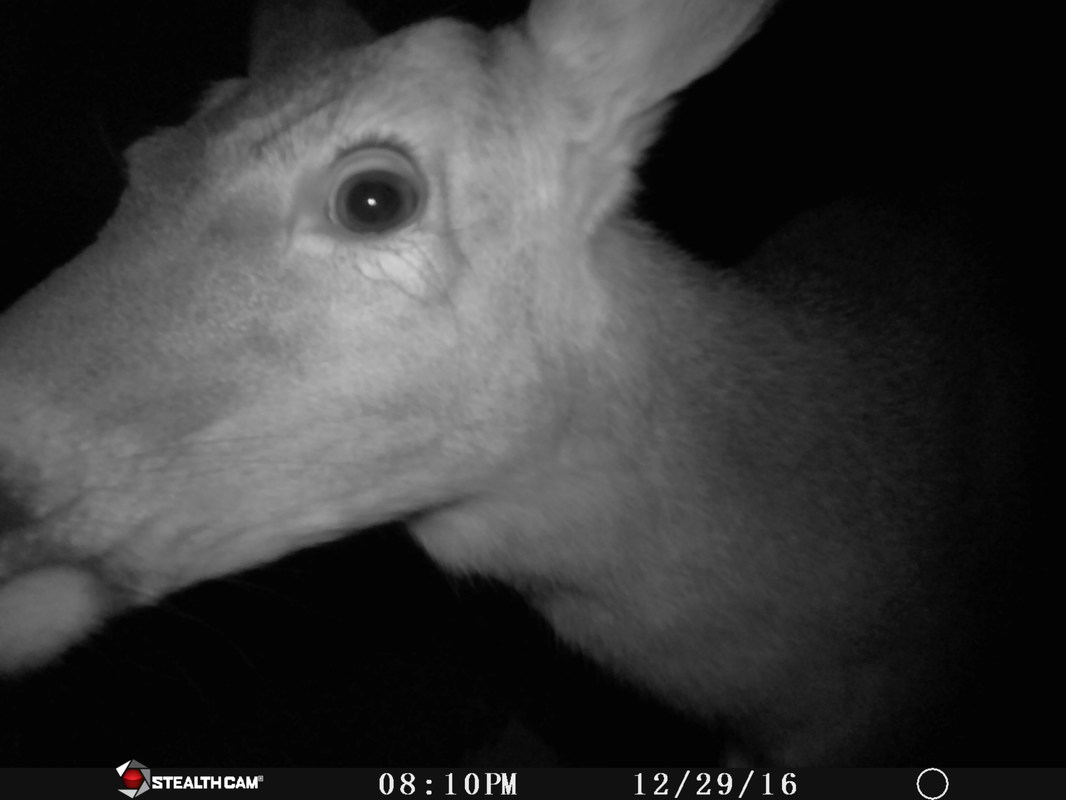



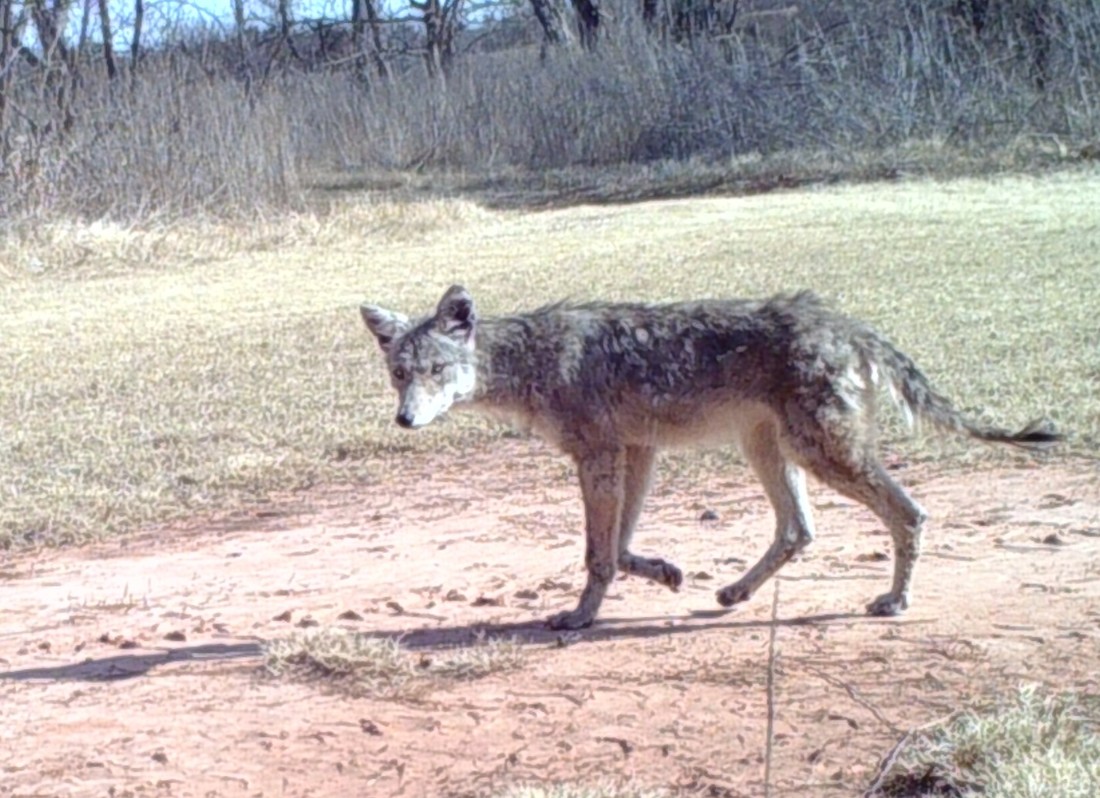

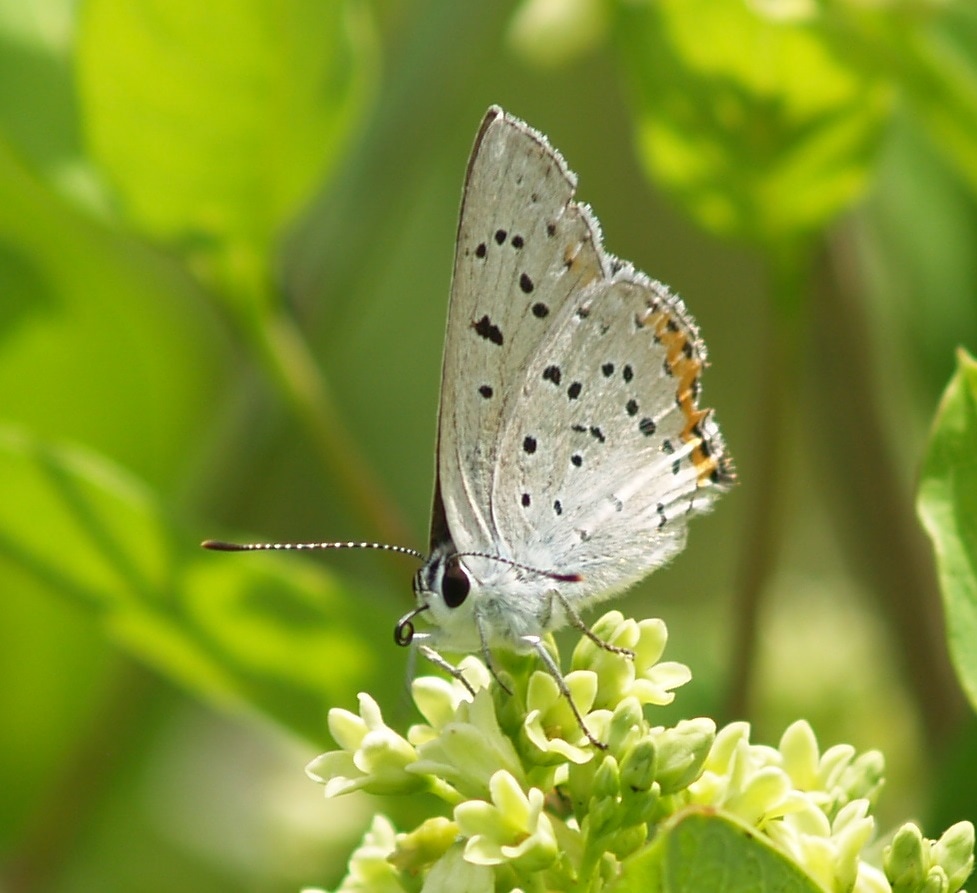


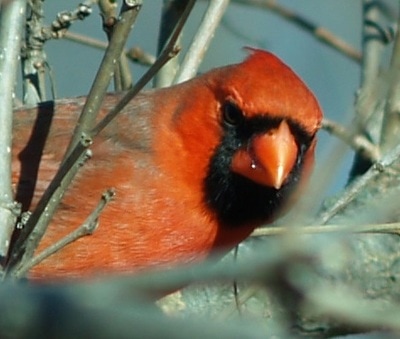
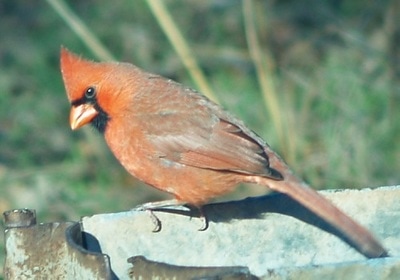














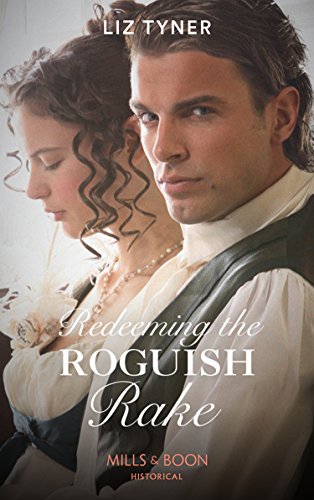








 RSS Feed
RSS Feed

